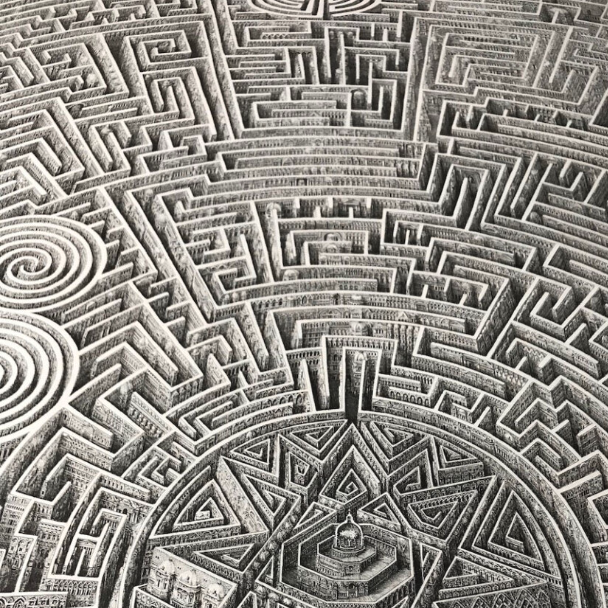



LCP












Set additivity and growth
Combinatorics
The additive dimension of a set, which is the size of a maximal dissociated subset, is closely connected to the rapid growth of higher sumsets.
Additive dimension and the growth of sets
We develop the theory of the additive dimension , i.e. the size of a maximal dissociated subset of a set . It was shown that the additive dimension is closely connected with the growth of higher sumsets of our set . We apply this approach to demonstrate that for any small multiplicative subgroup the sequence grows very fast. Also, we obtain a series of applications to the sum--product phenomenon and to the Balog--Wooley decomposition--type results.